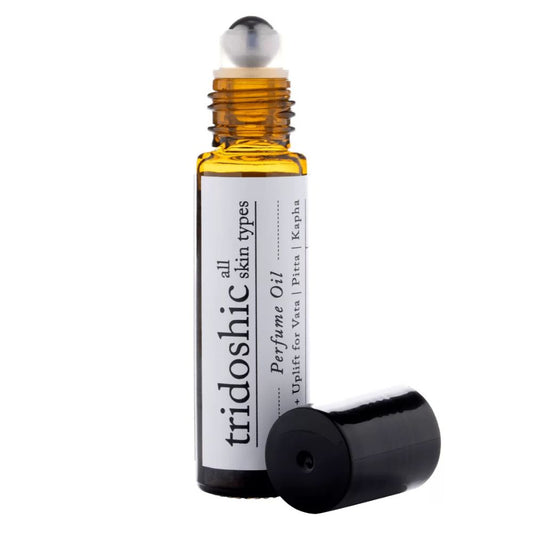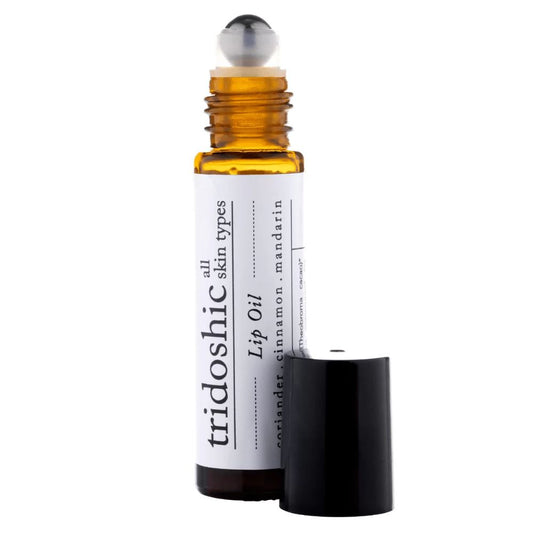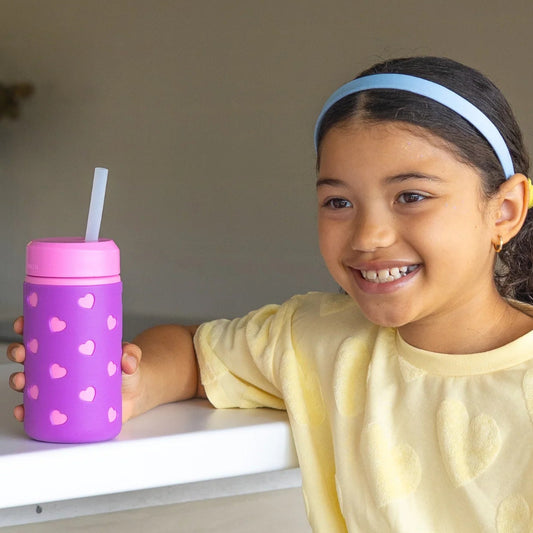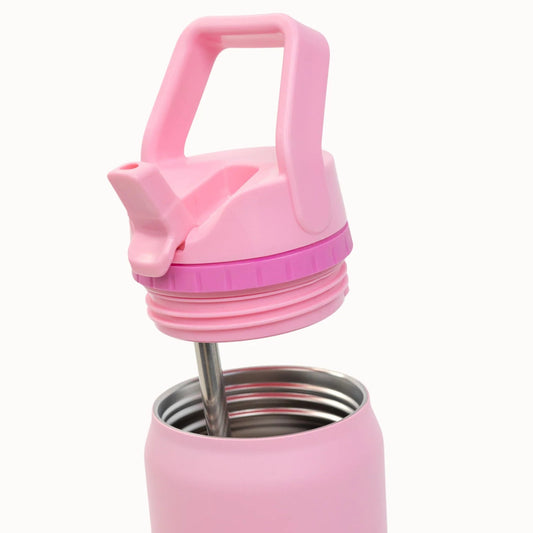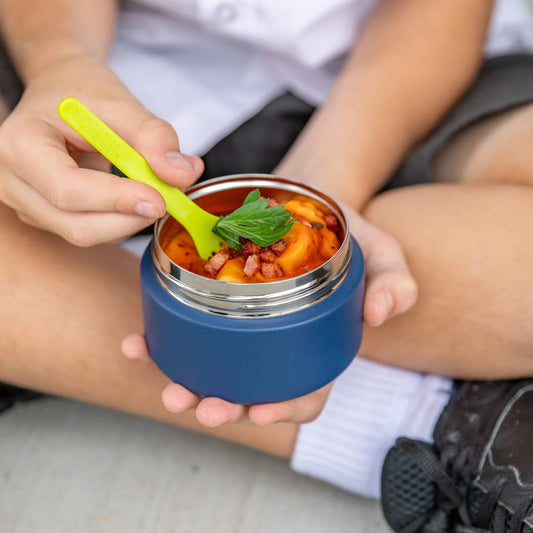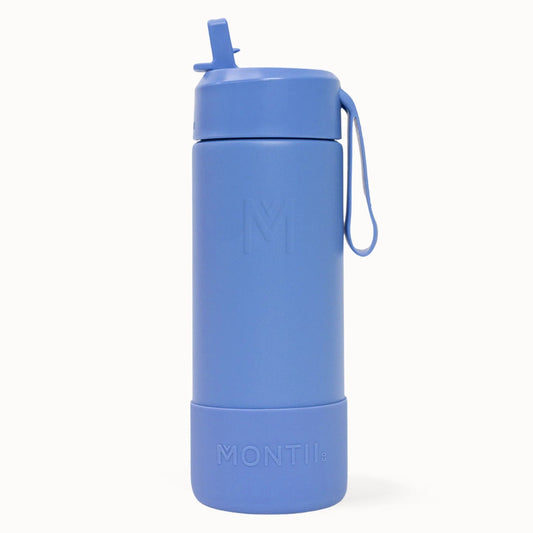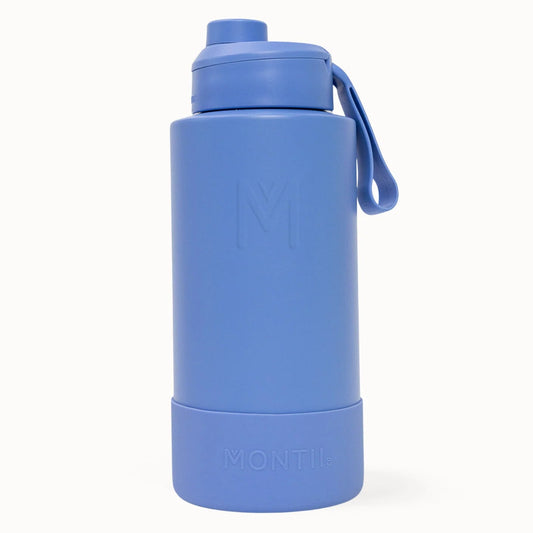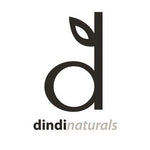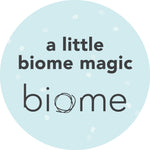
Even the most ingredient-savvy shoppers often miss this in both conventional and "clean" beauty skincare brands...
Plastic. Not in the packaging — in the the formula!
Tiny, invisible forms of plastic are added to moisturisers, sunscreens, toothpaste, hair gels, makeup, even kids' wipes. They don’t look like beads. They don’t feel like plastic. But they’re there — and they don’t break down in the environment or in our bodies.
In a recent survey responded to by over 1,000 Biome customers, people were surprised to learn they may be putting plastic into their mouths and eyes!
Before we go on: at Biome, some items are in plastic bottles or are made from plastic — and we don’t hide that. What bothers us is the half-truths. Brands promote the natural extracts and recycled plastic lids, but never say, “this also contains liquid plastic or plastic microspheres.” That’s the part that feels off. It’s not about being perfect — it’s about being honest. You deserve to know what you’re putting on your skin, and into the world.
So, we want to equip you with a better understanding of why, and how, these plastics are used, and to help you spot them!
Out of the hundreds of products we found at major chemists and beauty retailers, one stopped us in our tracks — it had eight types of plastic. It’s like spreading plastic on your face - daily! Find it below.
Why are plastic ingredients used in skincare, cosmetics and personal care?
Cosmetic formulators use petroleum-derived plastic polymers for all sorts of reasons:
Texture & feel: To create a silky, smooth, spreadable consistency (e.g. Polyquaternium-7, Nylon-12)
Film formation: To make a product feel like it stays on the skin, teeth or hair, or to create a matte finish (e.g. PMMA, Acrylates Copolymer, PEGs)
Soft-focus, blurring effect: In makeup and skincare to blur the skin’s surface by filling in fine lines and scattering light, creating a wrinkle-smoothing effect (e.g. Nylon-12)
Stabilising emulsions: To help oil and water stay mixed (e.g. Carbomer)
Hold or style: In hair products to provide fixative properties (e.g. PVP, Copolymer)
While these functions are technically useful, the problem is what happens next: these synthetic petroleum-derived polymers do not biodegrade. They wash off our skin, down the drain, and into our waterways — and can possibly enter our bodies via inhalation, ingestion or by skin absorption.
And, if you're like most people, you have no idea you are using them!
| Ingredient Name | Form of Plastic | Purpose in Formulation | Commonly Found In |
|---|---|---|---|
| Polyvinylpyrrolidone (PVP) | Liquid | Film-former, binder, holds style in hair and oral care products | Toothpaste, hair gel, mascara |
| Polyethylene (PE) | Microsphere/Beads | Thickener, exfoliant beads, film-former | Mascara, scrubs, cleansers |
| Polypropylene (PP) | Microsphere | Film-forming agent, adds texture | Creams, lotions, makeup removers |
| Polymethyl Methacrylate (PMMA) | Microsphere | Creates a matte finish and smooth texture in skincare and makeup | Foundation, moisturiser, concealer |
| Nylon-12 | Powder | Creates a blurring, silky feel in makeup and creams | Foundation, powder, primer |
| Acrylates Copolymer | Liquid/Film | Provides water resistance, film-forming, used in sunscreen and makeup | Sunscreen, mascara, BB cream |
|
Polyethylene Glycols (PEGs) |
Liquid | Solubiliser, surfactant, softener; can be derived from petroleum | Moisturiser, shampoo, face wash, eye drops |
| Polyquaterniums | Liquid | Antistatic, film-former, hair conditioning agent | Conditioner, serum, body lotion |
| Dimethicone | Liquid | Silicone-based plastic, adds slip and silky feel | Primer, foundation, moisturiser |
| Carbomer | Gel | Synthetic thickener for gels and emulsions | Eye drops, gel cleansers, serums |
| VP/VA Copolymer | Film | Film-former and fixative in hair and skin products | Hair spray, styling cream, sunscreen |
| Crosspolymer (e.g. Sodium Acrylates Crosspolymer) | Gel/Powder | Thickening agent, gives bouncy gel texture | Serums, eye creams, lotions |
These are often referred to as synthetic polymers or microplastic ingredients — a term used by the Plastic Soup Foundation, a credible NGO leading global awareness around microplastic pollution in cosmetics.
According to their 2021 report, over 9,000 personal care products in Europe alone were found to contain microplastics in some form.
Are microplastics regulated in Australia?
Australia has taken some steps to ban rinse-off plastic microbeads in products like scrubs and face washes — in some states. But these laws do not apply to:
- Leave-on products like moisturisers and foundations
- Liquid, film-forming or powdered plastics like those listed above
That’s why you’ll still find microplastic ingredients in many popular brands — from Colgate and Cetaphil to Revlon and L’Oreal. The term "microbead" is narrow, and the loopholes are wide.

How to check for plastic in your products
Here’s how to spot plastic in your personal care routine:
- Ignore the front claims and turn the bottle around!
- Scan the full ingredients list.
- Look for the red flags from the table above: polyquaternium, acrylates, carbomer, nylon, PVP, PMMA, crosspolymer, PEGs.
What to use instead
Biome has always rejected skincare, personal care and cleaning products with synthetic, non-biodegradable ingredients.
Here are some popular swaps:
- Toothpaste: Swap Colgate Optic White (PVP) → Natural toothpaste
- Moisturiser: Swap Cetaphil Daily (PMMA) → Natural facial moisturisers
- Foundation: Swap Maybelline Superstay (Nylon-12) → Natural foundation and mineral powders
- Sunscreen: Swap “mattifying” SPF with Acrylates → Try SunButter or Wotnot zinc-based sunscreen
- Exfoliants: Ditch anything with polyethylene or PMMA → Try scrubs with clays, oats, coffee grounds or salt
These alternatives work — and won’t add to the invisible plastic tide.
Why it matters
Microplastics are now being found in human lungs, bloodstreams, and even placentas. What we wash off our face doesn’t just disappear — it accumulates in marine ecosystems and our bodies.
The UN Environment Programme, the European Chemicals Agency, and many independent scientists warn of the persistence and potential health impacts of microplastic exposure.
Biome’s Promise
Since our founding, Biome has never allowed products with petrochemical-derived microplastics. No greenwashing. No loopholes.
We read the label — so you don’t have to.

Striking example of a skincare product with 8 hidden plastics
Here's what the brand says about the product:
Introducing new L'Oréal Paris C'est Magic CC Cream, our ultra-lightweight cc cream for an even, flawless looking complexion. The CC cream formula contains mineral pigments which green tone blend seamlessly to help correct the appearance of redness in the skin. Colour matching pigments release on application to match the skin's unique tone and texture. Enriched with Glycerine and Fig extracts, the texture is a light with long lasting hydration benefits of up to 24 hours. Infused with natural ingredients Pro-vitamin B5 and Vitamin E, a refreshing antioxidant mix so you are ready to wake up and glow.
But, in reality, this foundation is composed of approximately 50–60% water, 30–40% petrochemical-derived ingredients including silicones, liquid plastics, and microplastics, less than 5% plant extracts, and the remainder made up of colourants and mineral thickeners.
Don't you think that only listing the plant ingredients and mineral pigments as a feature is flipping the truth?

✅ Here's the Plastic Ingredients in L'Oréal Paris C'est Magic CC Cream (and why they matter):
Cyclopentasiloxane
A silicone that gives a smooth feel.
➤ Does not biodegrade and may build up in the environment.
Cyclohexasiloxane
Another lightweight silicone for spreadability.
➤ Persistent in the environment; not biodegradable.
PEG-10 Dimethicone
A plastic-like liquid made from polyethylene glycol and silicone.
➤ Non-biodegradable and can enter waterways.
Cetyl PEG/PPG-10/1 Dimethicone
A synthetic copolymer that helps condition the skin.
➤ Classified as a liquid plastic; does not break down naturally.
Dimethicone
A widely used silicone that gives a silky, smoothing finish.
➤ Liquid plastic; it does not biodegrade and can accumulate in the environment.
Methyl Methacrylate Crosspolymer
A plastic microbead used to create a blurring, smoothing effect.
➤ Solid microplastic; non-biodegradable and polluting.
Polymethyl Methacrylate (PMMA)
Common in primers and foundations for soft-focus results.
➤ Solid plastic microbead; builds up in oceans and soil.
Acrylates/Ammonium Methacrylate Copolymer
A film-forming agent that helps makeup stay in place.
➤ Considered a liquid microplastic; persists in the environment.
Related reads
Microbeads are banned...sort of. What's still slipping through
"PEG's aren't plastic" - Are you sure about that?




